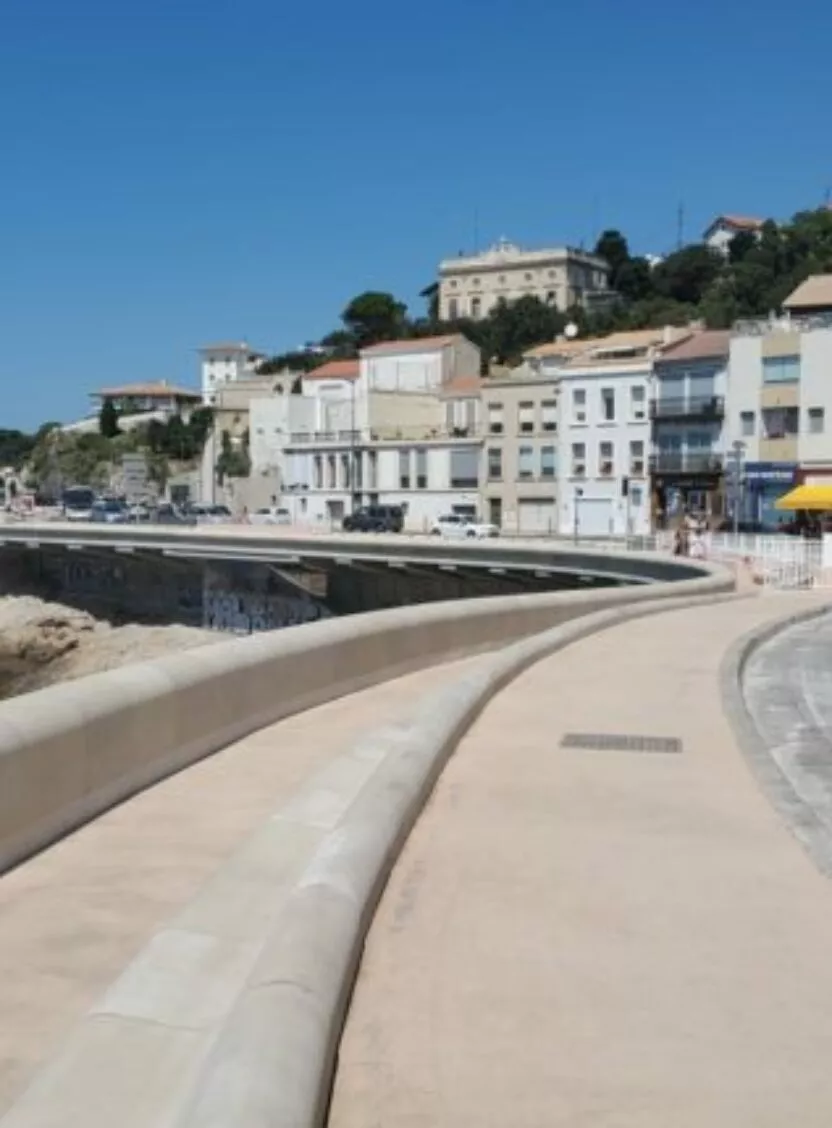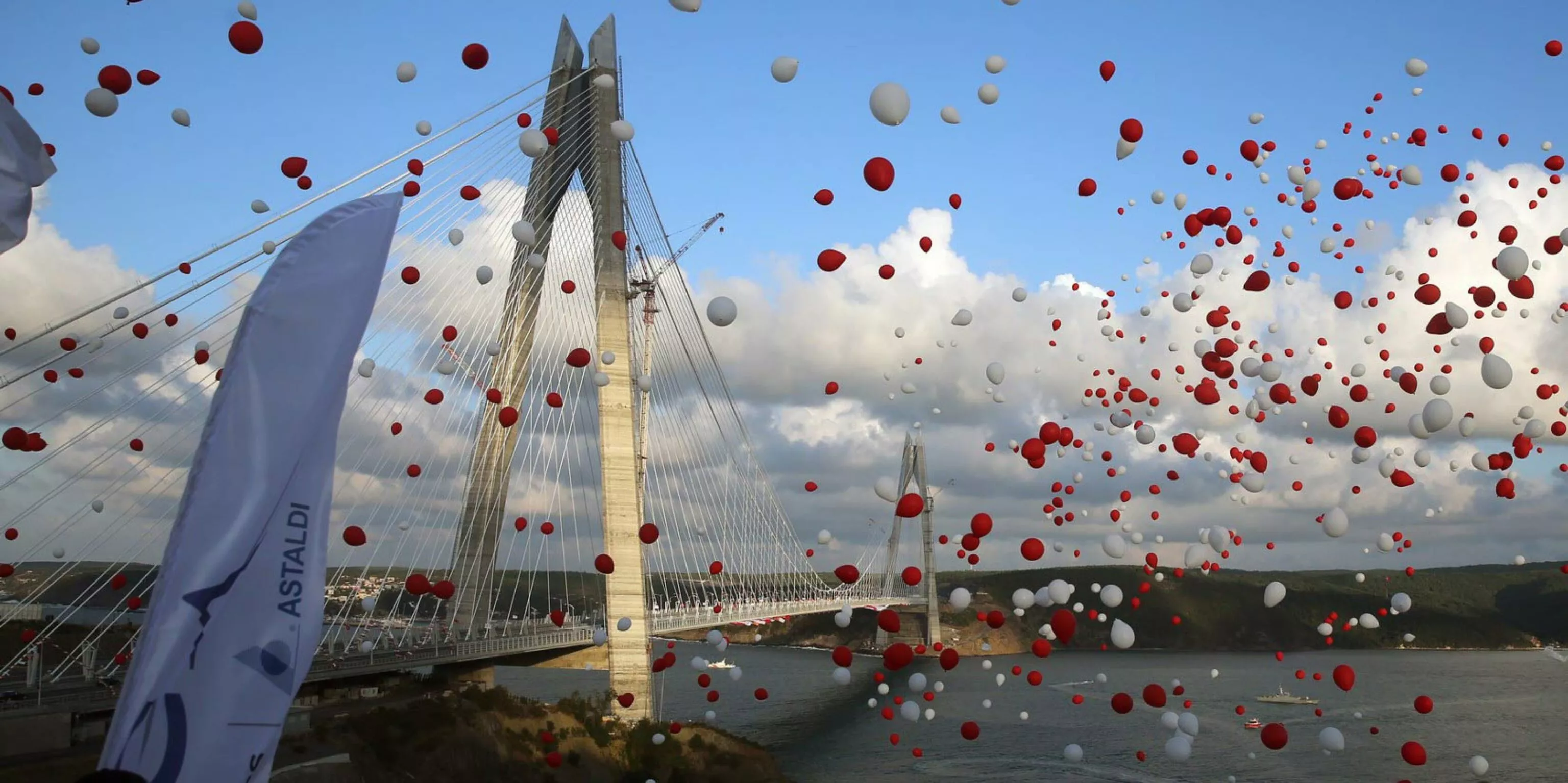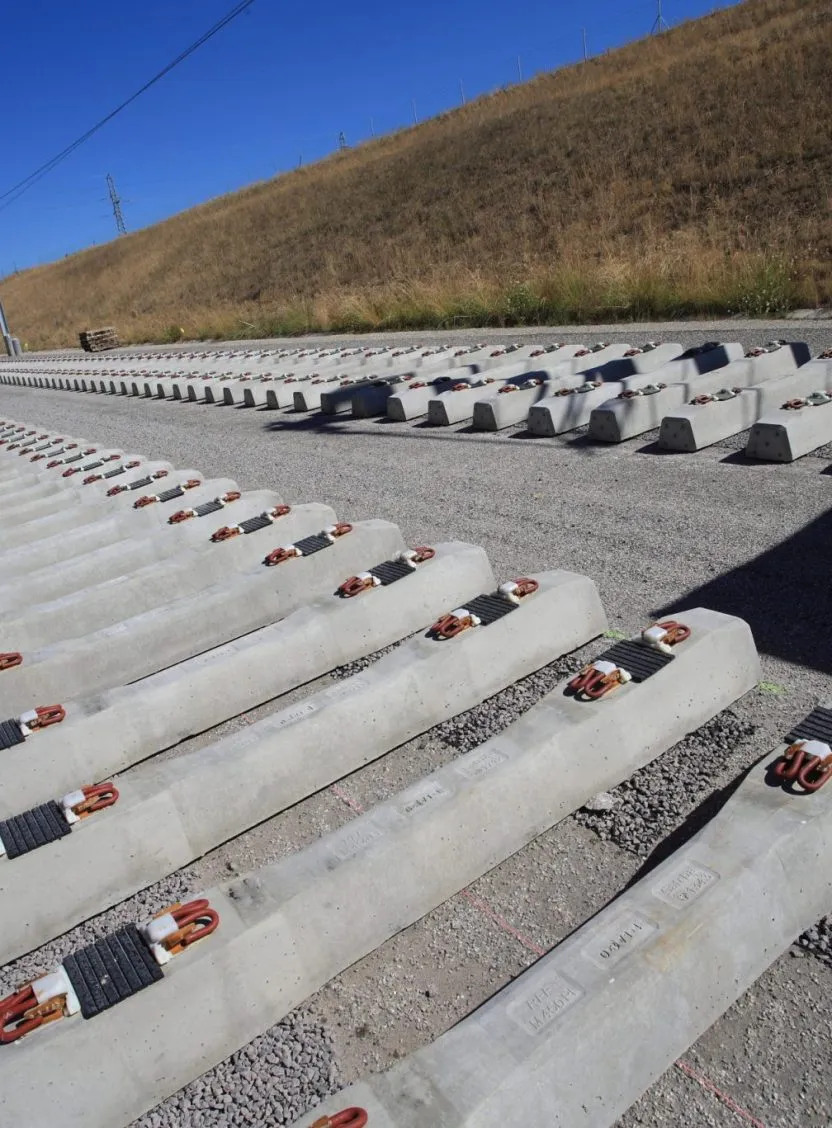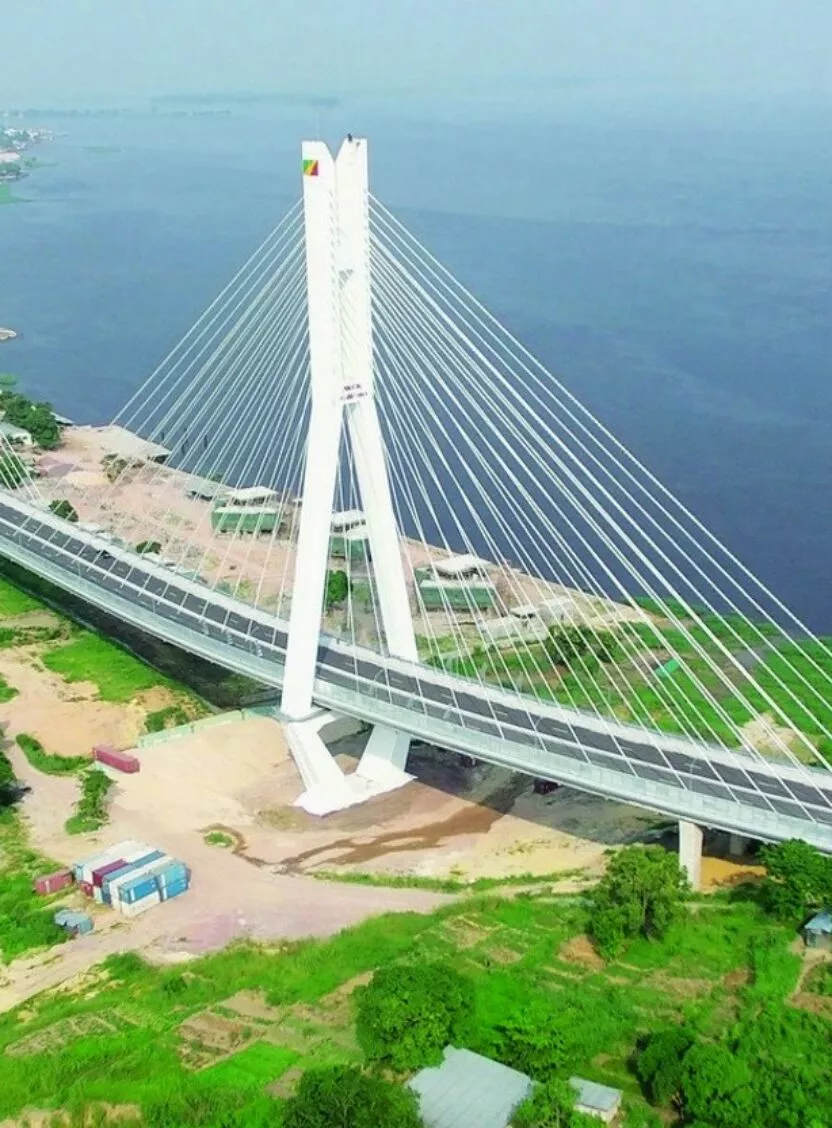
The Yavuz Sultan Selim bridge is the third bridge constructed on the Bosporus straits of Istanbul in Turkey. The hybrid deck support two railways framed by a highway of 8 traffic lanes (four lanes on each side). It is the largest cable-stayed deck and with the longest range in the world. It also has the world records of the longest railways bridge and of the suspended bridge fitted with the highest pylons (322 m).
Inaugurated in August 2016, it is open to rail and automobile traffic. it connects the European and Asian shores of Istanbul helping to lighten traffic on the other two bridges. Built by the Turkish Italian consortium Içtas-Astaldi, its design was assigned to T-Engénierie in collaboration with Michel Virlojeux.
Setec carried out the checking of the foundations design. As the first phase of this work focuses on design analysis, setec has also provided its advices for project optimisation, with the checking of the stability of the rock foundations, using 3D finite element calculations.
Constructed in a particularly demanding seismic context, the bridge lays on both shores on a rocky formation composed of andesite and conglomerates. Each end of the bridge is composed of:
• A 15 meters deep anchor block;
• A block comprising 2 m deep shear keys enabling anchoring of the cable;
• 4 piers;
• 2 shafts (20 m in diameter and 20 m deep) to anchor the 320 m high pylons.
These pylons will exert considerable forces in the construction phase, under the effect of the wind and during the installation of the deck, and in the final phase, under the effect of deck tipping and seismic actions.



